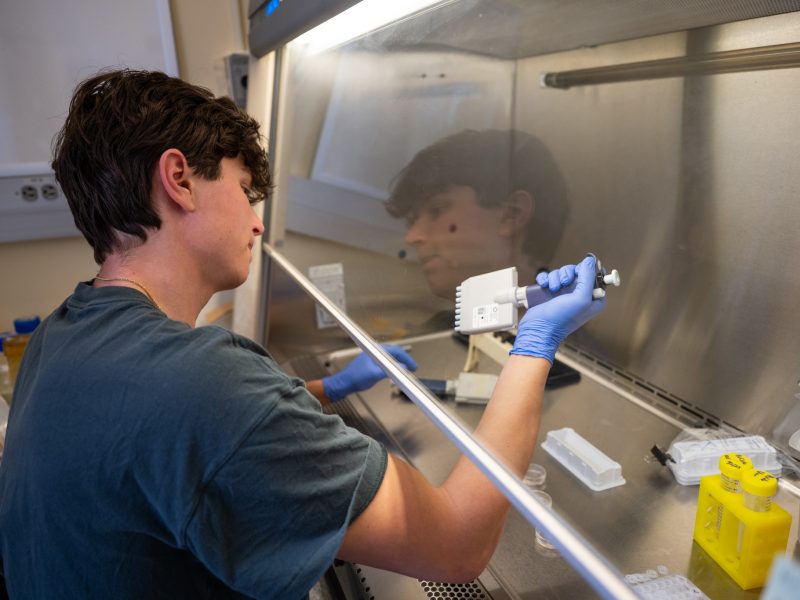The University System of Maryland’s six-year graduation rate has reached an all-time high, according to an annual report for fiscal year 2015 presented to the Board of Regents Committee on Education Policy and Student Life on Tuesday at Bowie State University.
The system’s overall six-year graduation rate, which rose from 66 percent to 69 percent, included a near all-time high for black students and tied all-time highs for Hispanic students and Pell Grant recipients, at 49 percent, 71 percent and 55 percent, respectively. This university led the system with an 86 percent overall six-year graduation rate.
“Attaining an all-time high in six-year graduation rates is an important milestone for the University System of Maryland and it is critical to meeting the state goal for the total number of graduates by 2025,” system Chancellor Robert Caret wrote in an email.
The goal is for all institutions in the state to reach a 55 percent graduation rate by 2025, an initiative that former Gov. Martin O’Malley imposed following a nationwide proposal from the College Board’s National Commission on Access, Admissions, and Success in Higher Education in 2008.
The findings, which also included the system’s SAT profile and transfer student totals, show the system is on its way to realizing its goal of closing the achievement gap, said Chad Muntz, the system’s director of institutional research and a primary contributor to the report.
“This [increase] is very important because the 2009 cohort — the students that started [as freshmen] in 2009 — was the first cohort that followed the Closing the Achievement Gap initiative that Chancellor Kirwan started back in 2008,” Muntz said.
The initiative aimed to cut the achievement gap in half by 2015. Whether that goal was met will be determined by a more in-depth report later in the year, Muntz said.
Graduation rates are heavily influenced by student retention, and the system has strong retention rates, especially in second-year retention, said Joann Boughman, senior vice chancellor of academic affairs.
While Boughman noted that 84 percent of fall 2014 freshmen in the university system returned in 2015, five institutions — Bowie State; Salisbury University; University of Maryland, Baltimore; University of Maryland, Baltimore County; and University of Maryland Eastern Shore — did see decreases in their second-year retention rates for fiscal 2015.
This university led all other system institutions in this statistic, with a 95 percent overall second-year retention rate and 97 percent retention rate for black students, according to the report. Towson came in second in the latter category with a 93 percent retention rate.
The report also focused on the system’s 5,000-student increase in transfers in fiscal 2015. Transfer students make up about two-thirds of incoming students each year, and 11,603 of the 28,000 students, or about 40 percent, transferred from a community college in the state, according to the report. This university had the second-largest number of transfers, behind University of Maryland University College.
Muntz said this statistic is a result of the system’s strong relationships with its regional higher education centers at Shady Grove and Hagerstown.
“Our programs at the regional centers have really influenced that,” Muntz said. “Transfer students have had more access to degree programs as well a faster time to degree.”
The setup that allows students to go to a community college for two years before entering the system also helps students graduate on time, Boughman said.
Despite the increase in graduation rates, the system is still not as far along as it wants to be, Boughman said. Regents at the meeting were enthusiastic about the results, she noted, but asked questions about remedies for current weak spots, such as Coppin State University’s 19 percent six-year graduation rate.
An improvement throughout the system in the last three years, Boughman said, is earlier intervention and more in-depth student advising.
Programs are “not just looking at grades or year-to-year retention rates, they are looking at combinations of courses that students are taking that may end up being what we call a toxic combination of courses,” Boughman said. “This idea of looking at data and noticing triggers or red flags is the kind of thing that we’re doing now.”


